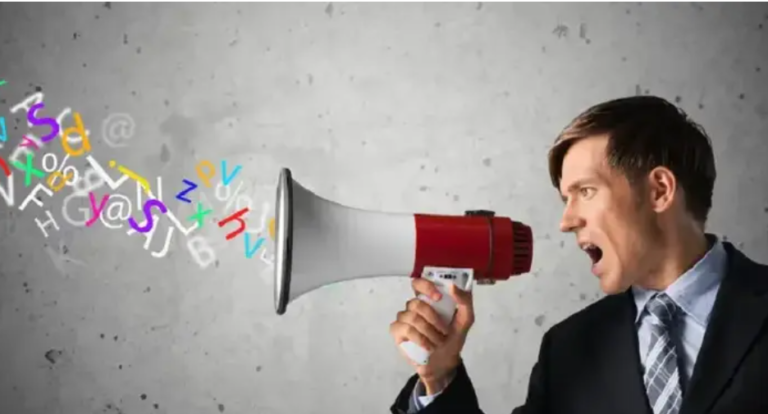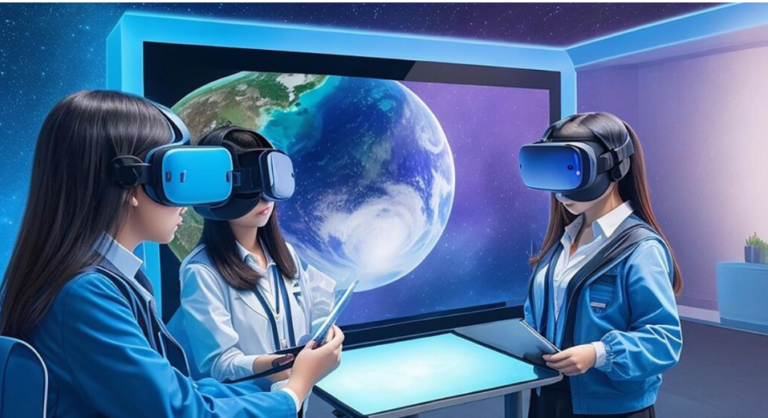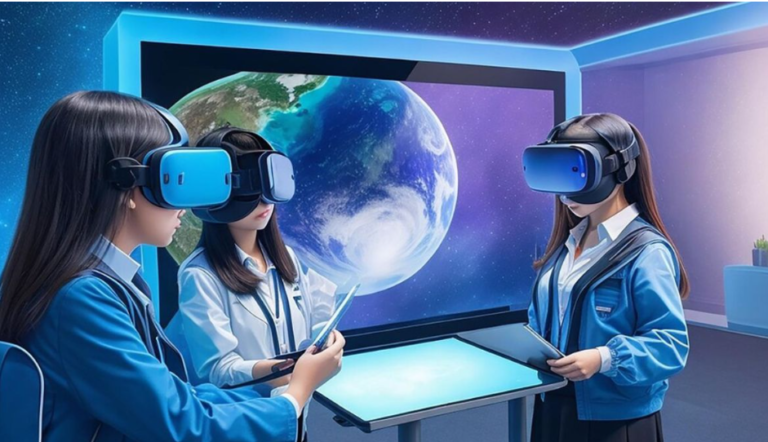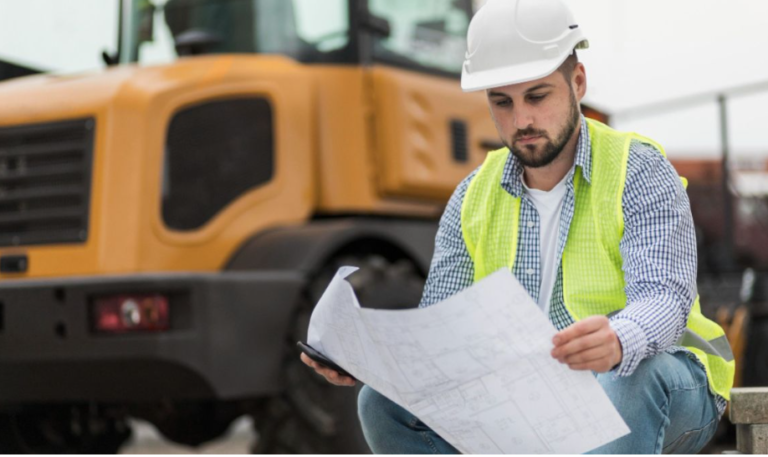Introduction to AI Art Generator
Artificial Intelligence (AI) has transcended mere computation to become a muse for creativity. One of its most captivating applications is AI art generation. These digital sorcerers transform text prompts into mesmerizing visual masterpieces. Let’s explore some remarkable AI art generators:
-
Craiyon
Craiyon, formerly known as DALL·E mini, is a free AI image generator that turns your imagination into reality. With a simple text prompt, Craiyon conjures up stunning art in seconds. Whether you envision sushi painted by van Gogh or Gandhi as a Dragon Ball Z character, Craiyon delivers. Plus, it’s constantly evolving, promising infinite possibilities.
-
NightCafe
NightCafe isn’t just an AI art generator; it’s a vibrant community. Choose from various AI models, including Stable Diffusion and DALL-e 3, to create awe-inspiring artworks. Share your creations, chat with fellow enthusiasts, and participate in AI art challenges. It’s where pixels meet camaraderie.
-
Artguru
Artguru elevates your photos using AI magic. Upload an image, select from diverse art styles (think paintings, anime, cyberpunk, and 3D), and watch your photo transform into a masterpiece. It’s like having a digital Da Vinci at your fingertips.
-
Perchance AI Image Generator
Perchance’s text-to-image model is a hidden gem. No sign-up, no daily limits—just pure creativity. Type words, and it generates high-quality art, anime characters, and more. Fanfic artwork? Check. OCs? Absolutely. It’s the playground where imagination meets AI.
How You Can Create Your Own AI Art Generator?
Creating your own AI art generator can be an exciting journey! Here are the steps to get you started:
-
Understand the Basics:
– Familiarize yourself with machine learning (ML) concepts, especially deep learning and neural networks. You’ll need this foundation to build an AI model.
-
Choose a Framework:
– Select a deep learning framework such as TensorFlow, PyTorch, or Keras. These frameworks provide tools for creating and training neural networks.
-
Data Collection:
– Gather a dataset of art images. The more diverse and high-quality your dataset, the better your AI model will perform.
-
Preprocessing:
– Clean and preprocess your data. Resize images, normalize pixel values, and split the dataset into training and validation sets.
-
Model Architecture:
– Decide on the architecture of your neural network. For image generation, consider using Generative Adversarial Networks (GANs) or Variational Autoencoders (VAEs).
-
Training:
– Train your model using the prepared dataset. Monitor loss functions, adjust hyperparameters, and iterate until you achieve satisfactory results.
-
Artistic Style Transfer:
– Implement style transfer techniques. These allow your model to learn the artistic style of famous painters or specific genres.
-
Text-to-Image Generation:
– Combine natural language processing (NLP) with image generation. Use text prompts to guide your model in creating art.
-
Evaluate and Refine:
– Evaluate your model’s performance using metrics like Inception Score or FID (Fréchet Inception Distance). Refine your model based on feedback.
-
Deployment:
– Once your model is trained, deploy it as a web application or integrate it into an existing platform.
Key Hurdles of Creating AI Art Generator
Creating an AI art generator is an exhilarating endeavor, but it comes with its share of challenges. Here are some key hurdles:
-
Dataset Quality and Diversity:
– Gathering a diverse and high-quality dataset is crucial. If your training data lacks variety, your model may produce repetitive or biased art.
-
Overfitting:
– Balancing model complexity is essential. Overfitting occurs when your AI learns the training data too well and fails to generalize to new prompts.
-
Hyperparameter Tuning:
– Choosing the right hyperparameters (learning rate, batch size, etc.) significantly impacts performance. Finding the sweet spot requires experimentation.
-
Style Consistency:
– Maintaining consistent artistic styles across generated images can be challenging. Style transfer techniques help, but achieving coherence remains an ongoing battle.
-
Interpretable Creativity:
– AI models lack human intuition. Understanding why the model generates specific art can be elusive, hindering creative control.
-
Text-to-Image Alignment:
– Ensuring that the generated image aligns with the input text prompt is tricky. Sometimes, the model interprets prompts differently than expected.
-
Scale and Resolution:
– Generating high-resolution images demands computational resources. Balancing quality and speed is a delicate dance.
-
Ethical Considerations:
– AI art raises questions about authorship, copyright, and originality. How do we credit the machine artist?
-
User Interaction:
– Designing an intuitive interface for users to input prompts and explore generated art requires thoughtful UX/UI design.
-
Embracing Imperfection:
– AI art isn’t flawless. Embrace its quirks and imperfections—they’re part of its charm.
Conclusion
AI art generator blur the lines between human creativity and machine intelligence. They’re our modern-day genies, granting wishes in pixels and polygons. So go ahead, dream big, type a prompt, and let the algorithms weave their magic. The canvas awaits!










+ There are no comments
Add yours